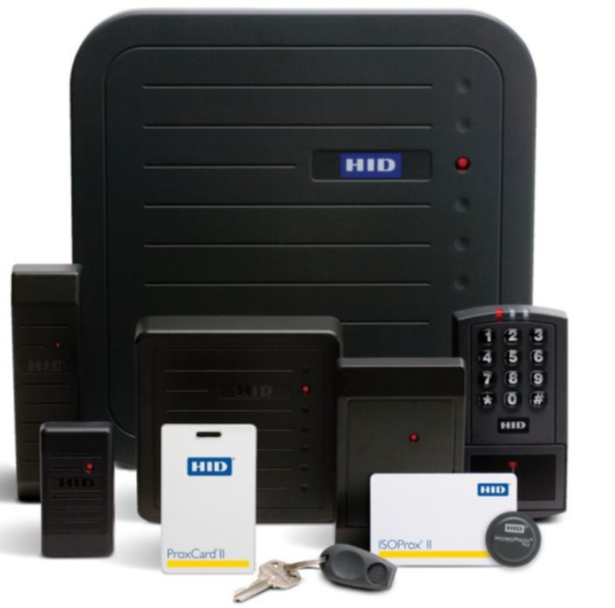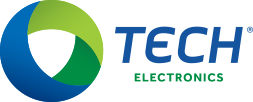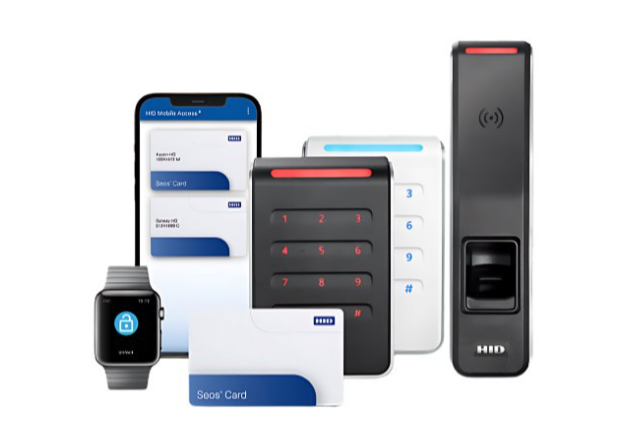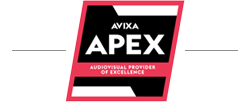By: Chris Skinner, Director of Security Technologies
Every day, employees all around the world hold their badges or keycards up to access control readers to get into their workplaces without a second thought. Most people take for granted that this technology is an effective security measure that keeps us safe, but not all card readers are created equal.
125 kHz readers are still among the most commonly used in today’s access control landscape – and if that doesn’t mean anything to you, just know that means the technology is over three decades old. And while there isn’t anything inherently wrong with legacy technology as long as it isn’t introducing unnecessary risk, that unfortunately can’t be said for 125 kHz readers and proximity (prox) cards.
What's the Big Deal?
From its initial use around 1990, 125 kHz quickly established itself as the industry standard in access control and saw widespread adoption in the late 90’s. In its heyday, it genuinely was an upgrade over prior access control technologies. In theory it was always possible to crack and clone prox cards, but the technology involved in doing so was large and cost-prohibitive for most people, so there really wasn’t much to worry about.
But as always in security, it’s about staying ahead of bad actors who are always making technological progress themselves. These days, it is not only theoretically possible, but in fact practically very simple to clone prox cards – there are commercially available devices at pricepoints as low as $20 that can do it. Higher-end, more expensive devices are even capable of reading and reproducing the data from a prox card several feet away, even if the card is in a purse or wallet.

A selection of legacy access control technology.
For most businesses, this is simply an unacceptable level of risk. Even if you can’t currently imagine what would motivate somebody to try and crack your business’s access control system, if somebody *did* want to, you’d surely want it to be more difficult than purchasing a relatively inexpensive device online. So what can you do about it?
New Technologies, Newer Solutions
Fortunately, there are more secure protocols than the 125 kHz frequency in modern access control. Newer multi-class readers are capable of operating on a wider frequency band, and making use of the much more secure 13.56 MHz frequency (while still supporting 125 kHz, if necessary while transitioning a legacy system). They also support Open Supervised Device Protocol (OSDP), an access control framework that allows for numerous advanced features and interoperability between devices from different manufacturers.
If your business is particularly comfortable with cards as the primary credential type, 13.56 MHz smart cards are significantly more secure and difficult to clone than 125 kHz prox cards, but these days there are other options that are even more secure and provide other advantages as well. Mobile credentials are seeing increasingly widespread adoption at the moment, and it’s easy to see why. Most people don’t go anywhere without their phones, are much less likely to use them than a small, relatively nondescript keycard, and are becoming increasingly comfortable using a smartphone for all sorts of different day-to-day operations.
Biometric credentials (fingerprint scan, facial recognition, etc.) have some slight hurdles to overcome to be widely adopted, particularly when it comes to privacy concerns, but ultimately are much more secure than most other methods.
So, What Now?
If your facility still relies on 125kHz prox cards for access control, I would strongly advise migration to more modern, multiclass readers. Tech Electronics can help you make this transition seamlessly. We offer a wide range of readers and credential options, as well as installation and support services. If you are considering migrating, we can help you through every stage of the process, including:
- Assessing your current security needs: We will work with you to understand your specific security requirements and recommend the best solution for your needs.
- Providing you with the right products: We offer a wide range of smart cards and readers to meet your specific needs.
- Installing and configuring your system: Our team of experts can install and configure your new system quickly and easily.
- Providing ongoing support: We offer a variety of support services to help you keep your system running smoothly.
Want to get started? Contact us today.



